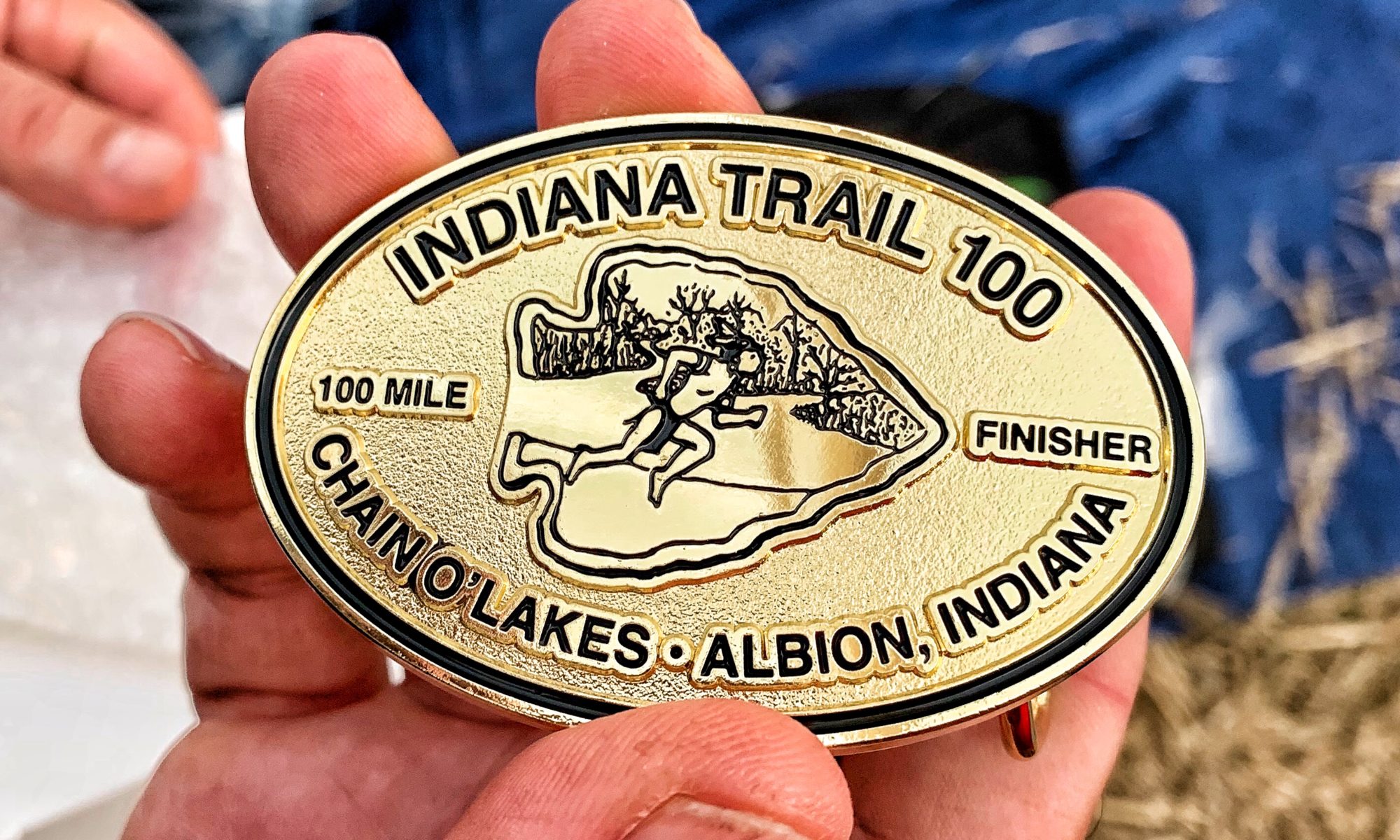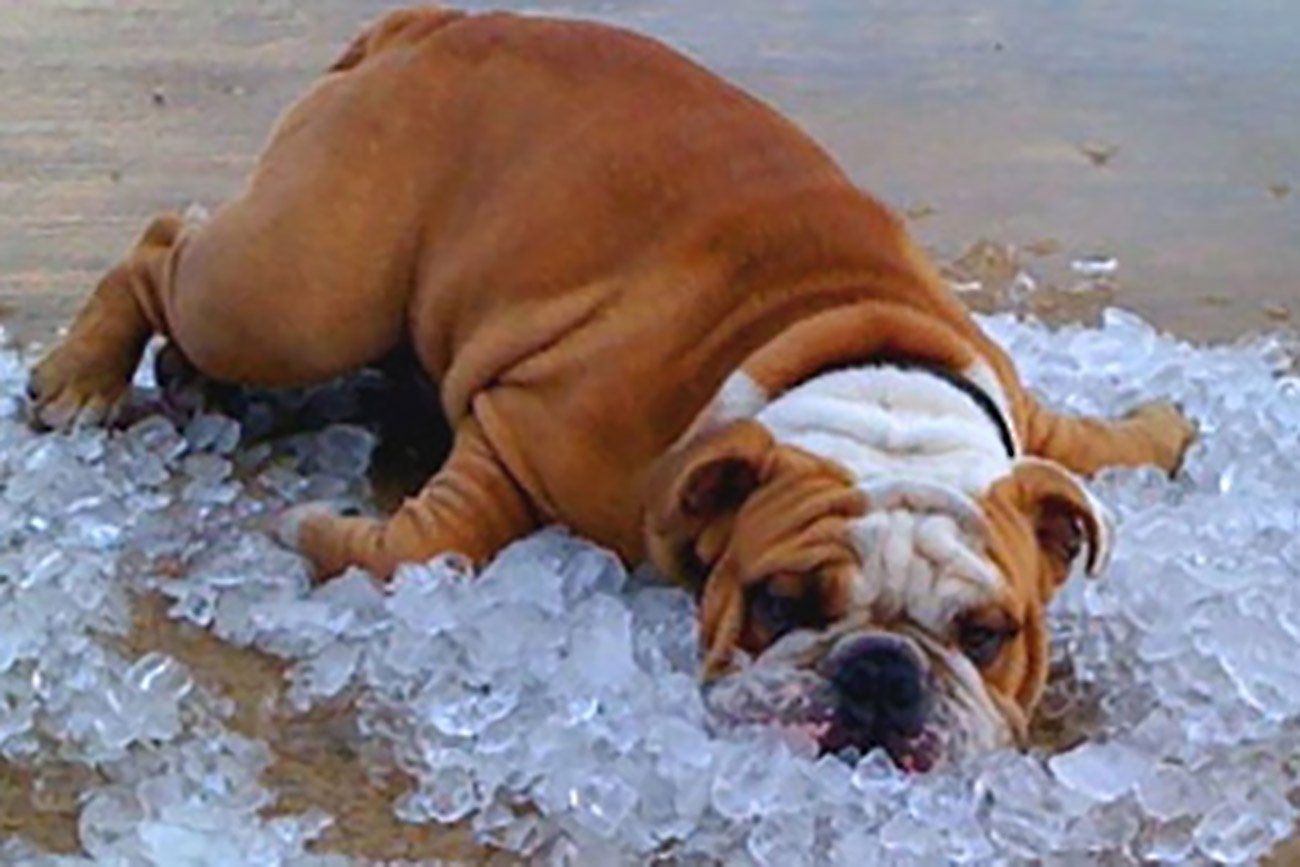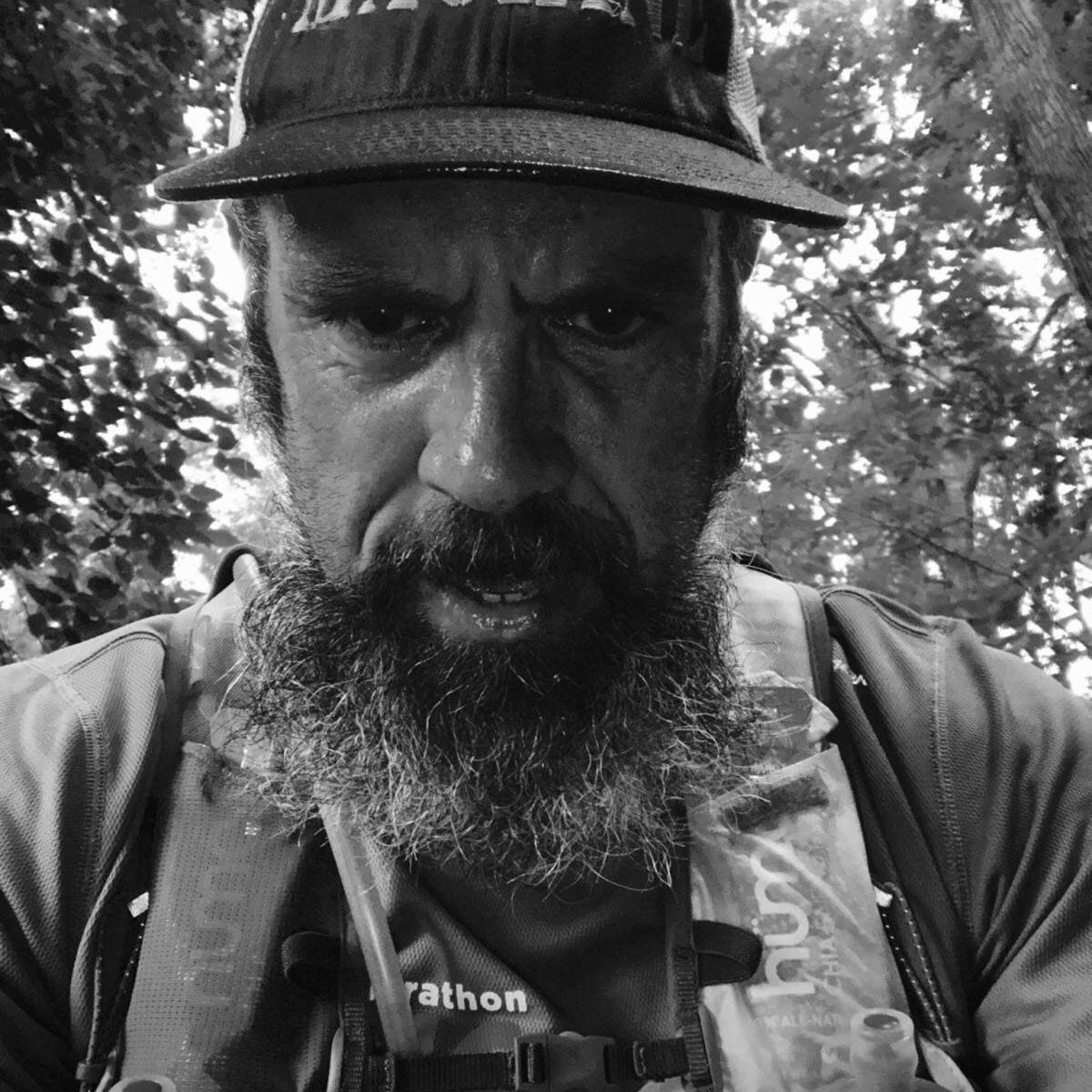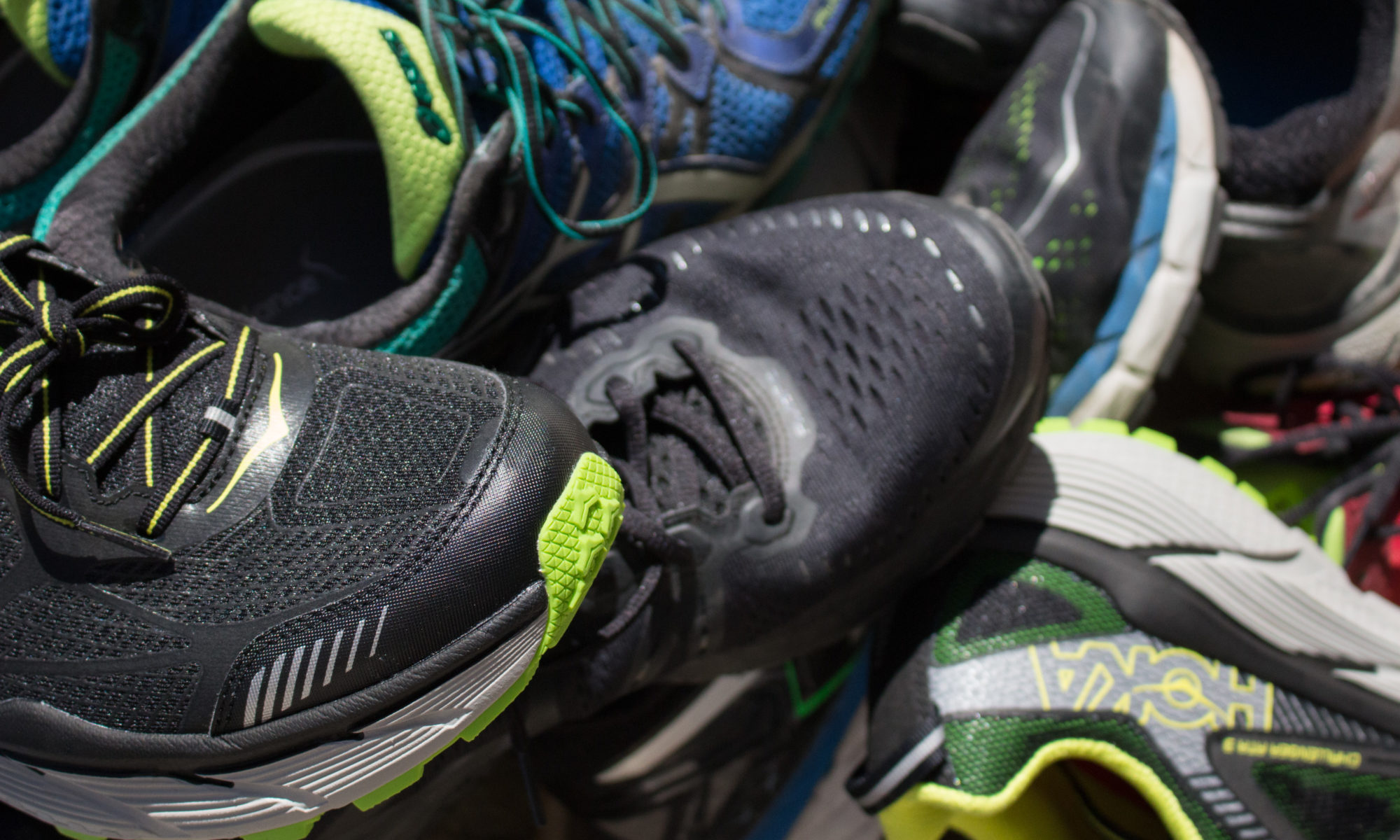“When something bad happens, don’t make it worse.” -Unknown-
For all my faults when it comes to running, and there are many, I’ve always been good at one thing. I can grind. For some reason, I have this uncanny ability to find a gear and then just run and run and run. It’s why I fell in love with ultra-distance running. I didn’t need to be fast to be good at it, I just needed to be able to manage pain and keep moving forward. So, when I heard these dreaded words from my doctor last week, “We’ve got to shut you down for a bit and get this under control.”, it took me some time to process it.
Most of you who follow me know that I have been dealing with swelling and pain in my right foot and especially the big toe for the last six to eight weeks. It would balloon up and get really dark, and I would take a few days off or cut back on distance, and it would get better. My first thought was that it had to be some kind of impact injury from one of the times that I tripped. But when the swelling occurred in both feet, even when I wasn’t running, I knew I had to go see the doctor. This wasn’t something I could run through, and with my hundred-miler just seven weeks away, I needed to put this to bed.
Doctor: “I think you have gout. We’ll start you on meds and take some blood.” Me: “So what’s the next step if my blood comes back and I don’t have gout?” Doctor: “Um, yeah. You have gout.” I have gout. Honestly, I cannot say that I am surprised, some of my family have gout and I lived a life with a lot of alcohol and I was obese for many years. I was running up a tab and the bill came due. It would be easy to be angry, but I’m not. It would be easy to have regrets, but I don’t. I did it to myself and I cannot change the past, so all I can do now is focus on the future and continuing to work on improving myself.
This post isn’t about running with gout or even what you can do regarding training when you are shutdown. I’m sure I’ll have some posts about that in the future. No, this is about getting your head right. I have a herculean task ahead of me and it’s time to simplify things, so instead of paragraphs explaining how I’m processing this, I’m going to give you some bullet points that are quick and to the point. Kind of a Joe’s 101 on how to deal with things when they go south. This may not work for everyone, but it works for me.
- I have gout. Own it, accept it, be honest with myself and move on.
- What can I do about it? Work with the doctor, change my diet, ice it every day, and get it under control to the best of our ability.
- Be realistic. Due to having to miss days and weeks of training, I have readjusted my goals of running a sub 22-hour 100 miler to simply finishing under the cutoff of 30 hours. This is not Western States and I am not trying to set a course record. This is my first 100-mile attempt and finishing is the goal.
- Don’t be dramatic. Yes, I’ve missed some training, but up until about a week ago, I have run 6,000 miles in the last three years. I probably have some fitness in the tank still!
So, that is my magic formula to getting your mind right when bad stuff happens. Own the problem. Figure out what you can do about it. Be realistic with where you are. Don’t be dramatic, you are in better shape than you think.
For behind the scenes photos and comments on my training and personal life, follow me on Instagram: joe_the_runner Strava: Joe Randene YouTube: Joe Runner Facebook: Joe Randene
Questions, comments, feedback? Please leave them in the comments section BELOW and we can have a discussion!








